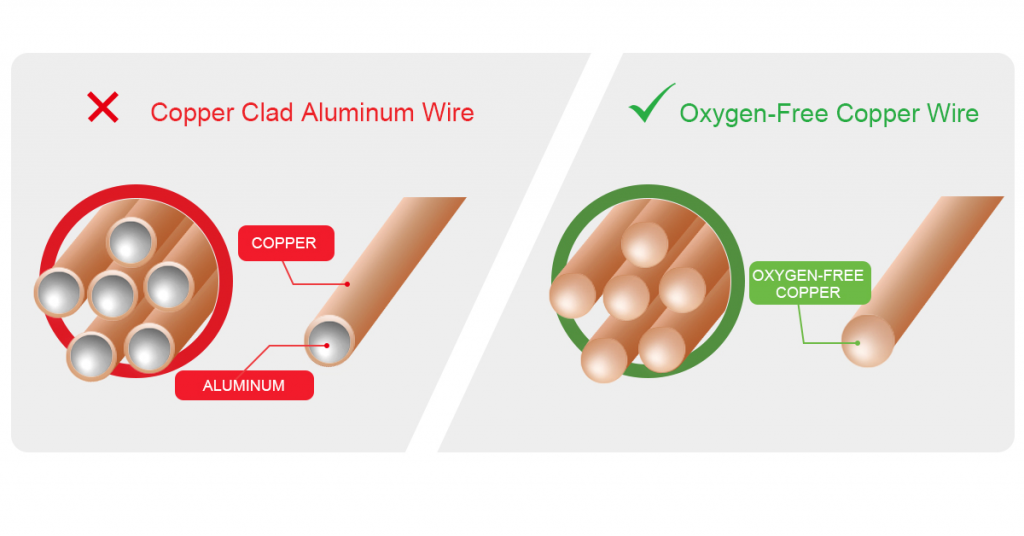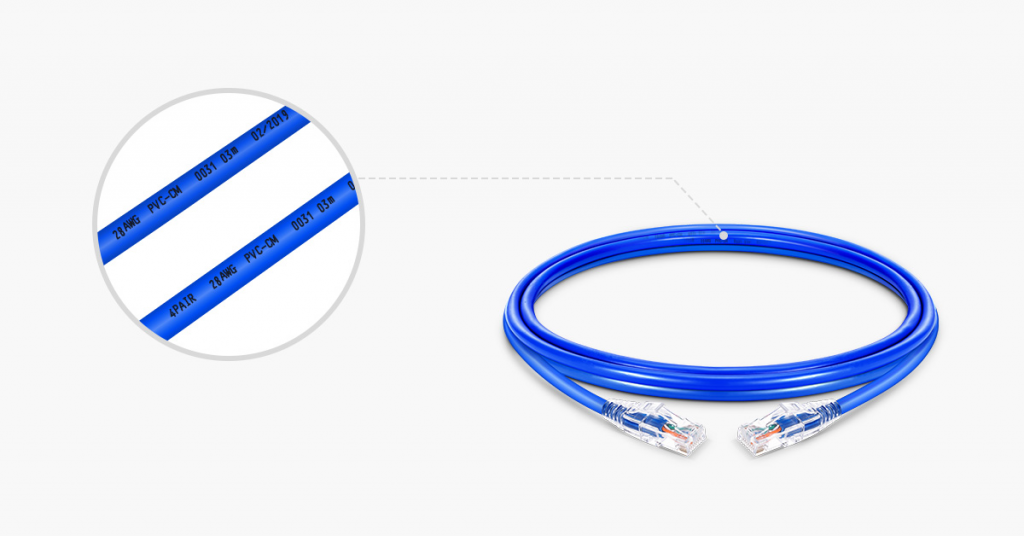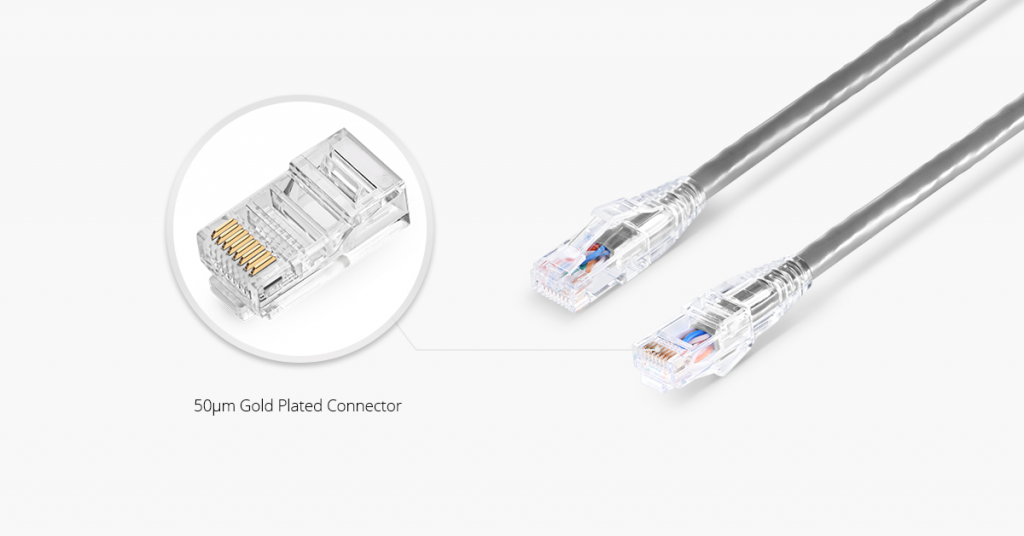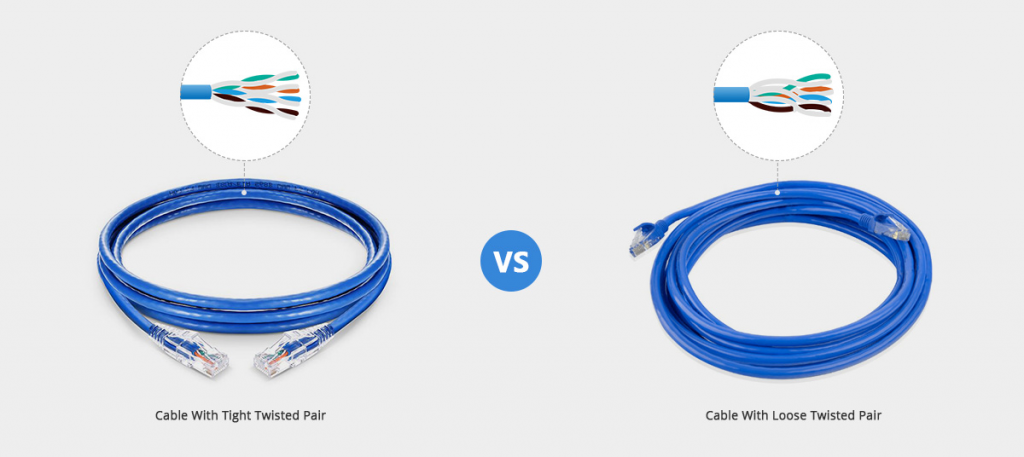Appropriate Ethernet cables will help to realize better connections. Aspects like network cable types, quality, performance, Ethernet cable price, and more will all affect the choice. The following are the main aspects that should be considered before buying your Ethernet cables.
Consider Ethernet Cable Speed and Compatibility — First & Foremost
To find the best LAN cable, you have to know the specs of what the cable is intended for. The network cable types you need are mostly determined by the speed of the Internet you are using. It would be a waste to purchase a 10Gbps Cat6a cable if you are not gonna use 10Gbps speed of the Internet to match it and take advantage of its full potential.
Check the table below to know the performance of these different network cable categories from Cat5 to Cat8 at a glance.
| Category | Shielding | Data Rate Support | Standard Bandwidth |
| Cat5 | Unshielded | 100Base-T | 100MHz |
| Cat5e | Unshielded | 10/100/1000Base-T | 100MHz |
| Cat6 | Shielded or Unshielded | 1000Base-T and Maximum to 10GBase-T | 250MHz |
| Cat6a | Shielded | 10GBase-T | 500MHz |
| Cat7 | Shielded | 10GBase-T | 600MHz |
| Cat8 | Shielded | 25/40GBase-T | 2000MHz |
After understanding the performance of different types of network cables, you may find that the Ethernet cables are interchangeable and backward compatible as well. You can plug a Cat5 cable into a router that has the latest 10G Ethernet interface, but the adoption of this type of cable will slow the data transfer down (partly depending on the type of transferred file). Similarly, you can also plug a Cat7 cable into an old router that does not support the latest speeds. Be clear about what speed and performance you want and what type of network gear you’re using before buying an Ethernet network cable.
Good Ethernet Cable Craftsmanship Matters
Copper Conductor
Ethernet cable material, especially the copper conductor, will not only directly affect the Ethernet cable price, but also essentially influence the performance of the cable. Copper-clad aluminum wires & copper wires (including pure copper wire, oxygen-free copper wire, and bare copper wire) are available in the market.
Their biggest difference lies in the purity of copper, which determines the Ethernet cable quality. The purer the copper is, the less signal loss you will suffer. For less signal loss, you’d better choose oxygen-free copper wire with copper purity up to 99.95%. However, if you just wanna cost-saving wires, go with copper-clad aluminum wires.
The purity order of copper, also the order of the cable price, in descending is: oxygen-free copper wire > pure copper wire > bare copper wire > copper clad aluminum wire.

Cable Jacket Rate
Ethernet cable jackets can be made up of two kinds of materials, non-flame retardant & flame retardant jacket. Namely, flame retardant cables are typically designed to resist the spread of fire into a new area. For safety concerns, you’d better buy Ethernet cables that are flame retardant.
The flame retardant types and class are worthy of attention, such as CM, CMR, CMP, LSZH, etc. Normally, Ethernet cords with PVC CM and LSZH jackets are commonly used in patch cabling environments.

Cable Connectors
The material of the connectors or contacts in a cable plug is vital for constant signal maintaining. For the conductivity: silver > gold / copper > aluminum>nickel / iron
Silver and aluminum are extremely oxidizable, while gold is hardly oxidized in the natural environment. Thus, gold is the ideal material for achieving a strong and lasting Internet connection. You will be less likely to lose the signal and won’t have to spend more money replacing cables constantly.
What’s more, the thickness of gold plating (measured in microns) is also very important. Low-micron plating is easier to wear out in a short amount of time, while thicker plating normally lasts much longer. In most cases, the thickest gold-plating available is 50 microns, which is the optimal thickness for maintaining a fast and stable internet connection.

STP vs UTP
For STP (Shielded Twisted Pair) cables, the shielding influences the crosstalk a lot. The more shielding layer a cable has, the less crosstalk it will suffer. Two common types are divided into FTP cable (Foil Twisted Pair Cable) & SFTP cable (Shielded and Foiled Twisted Pair Cable).
For UTP (Unshielded Twisted Pair) cables, it’s not the shielding to reduce interference, which is designed to limit electromagnetic interference by the way the pairs are twisted inside the cable. Typically, the tighter the twisted pair is, the lower the crosstalk is.

STP cables are specifically suitable for environments where there is a high chance of electronic interference, such as radio stations and airports. Also, fit for security systems to provide protection from power frequency and radio frequency interference.
UTP cables are most suitable for LANs and similar network cabling systems. While offering less protection from interference, unshielded cables are popular because they are:
- Lightweight
- Versatile
- Flexible
- Inexpensive
- Easy to install
 汉信
汉信

